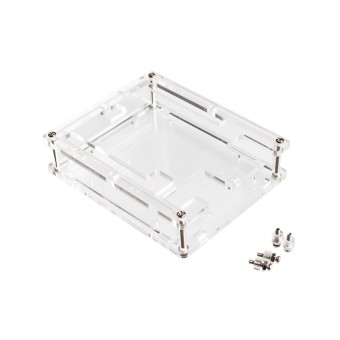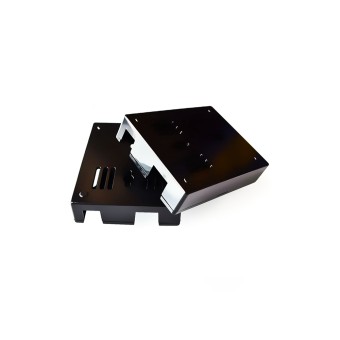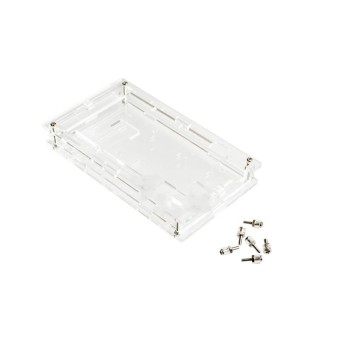Yes, many Arduino cases prioritize easy access to ports and pins. Transparent acrylic cases, for example, offer a clear view, allowing users to connect and adjust components without removing the case. This feature is beneficial for projects requiring frequent changes or adjustments.
Case And Box
Arduino Cases and Boxes
An Arduino case or box is a protective enclosure designed to house and shield Arduino boards, such as the Arduino UNO or Mega, from external elements and potential damage. These cases serve as a safeguard, providing physical protection while allowing easy access to the board's components. Crafted from materials like transparent acrylic or ABS, these cases are available in various designs and colors, offering both protection and a sleek aesthetic for Arduino projects.
Price of Arduino Cases:
The price range for Arduino cases varies based on factors like material, design complexity, and brand. While basic transparent cases for Arduino UNO might be budget-friendly, more specialized cases or those designed for larger boards like the Arduino Mega may have a slightly higher cost. When selecting an Arduino case, consider the specific model compatibility, desired level of protection, and any additional features offered by the case.
Tips for Buying an Arduino Case:
Popular Models of Arduino Cases:
Can I access all the ports and pins easily with the case on?
Is there a specific case suitable for outdoor Arduino projects?
Certainly, there are weatherproof cases designed for outdoor Arduino projects. These enclosures protect boards from moisture and dust, ensuring reliable operation in varying temperatures. Ideal for weather stations or outdoor sensors, these cases are crafted from durable materials with tight seals.
Are there stackable cases for using multiple Arduino shields simultaneously?
Yes, stackable cases are available for projects with multiple shields. These cases allow easy stacking, providing an organized solution for projects requiring various functionalities. They streamline cable management and ensure each shield is securely housed.
Can I use a 3D-printed case for my Arduino project?
Absolutely, 3D-printed cases offer a customizable solution for Arduino projects. Users can create personalized cases tailored to project dimensions and board models. This flexibility allows for unique designs, additional features, and experimentation with materials and colors, enhancing both functionality and aesthetics.






Please complete your information below to login.
Sign In
Create New Account